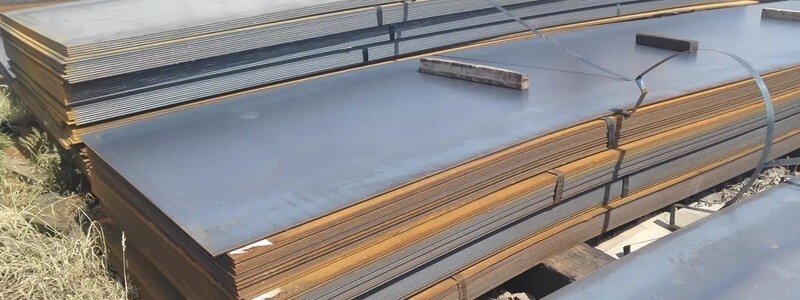What are HIC Resistant Steel Plates?
HIC resistant steel plate is a type of steel plate used in the construction of high-grade structures. The plates are designed to be resistant to hydrogen-induced cracking (HIC), and this type of plate is used in applications where the exposure of the metal to hydrogen can pose a severe risk.
A516 According to ASME/ASTM standards – is the most prevalent grade of HIC resistant steel plate. A single plate can typically meet the requirements for grades 60, 65, and 70, allowing it to satisfy all three classifications in A516 60/65/70 + HIC.
Carbon steel that can resist hydrogen-induced cracking has been tested according to NACE to exhibit long-term resistance to this phenomenon. A few days are spent in the solution before the steel is observed under a microscope to observe the corrosion caused by the circumstances that cause HIC Cracking.
HIC Steel Plates are available in various standards; however, approximately 90% of all HIC plates created for Dillinger clients are to A516 standards, so the market for P355 plates with HIC resistance is very small.
How are they Made?
Making HIC Resistant Steel Plates may be done in two ways
Building the steel production system around specifications is the first step towards producing steel that is of superb quality and corrosion resistance. A similar approach is used by Dillinger Hutte in the production of Dicrest HIC-resistant steel plates. HIC steel plate can therefore be manufactured quickly and reliably, and any confirmatory tests can therefore be expected to succeed.
To test whether they meet the specifications, the boilerplates should be made into standard sizes and then tested at the best temperatures. Due to the reduced capital investment required, HIC-resistant steel plates can be fabricated at a lower cost – but since testing is done on a sample basis, the chances of the plates failing tests during manufacturing or commissioning are higher.
When you are developing HIC Resistant Steel Plate, there are a few crucial elements to consider. The first is the steel’s metallurgy. This can be handled by performing primary metallurgy and then restarting the steel production process to optimize it.
The last step in the slab-creation process is testing. It is usually more beneficial to test around the heart of the slab. The HIC-resistant steel plates produced by the heat can be statistically more confident if you test at the end of the slab.
The HIC resistance of a product depends on the combination of roll, pressure relief, and tempering to generate steels with outstanding resistance — even at large thickness.

